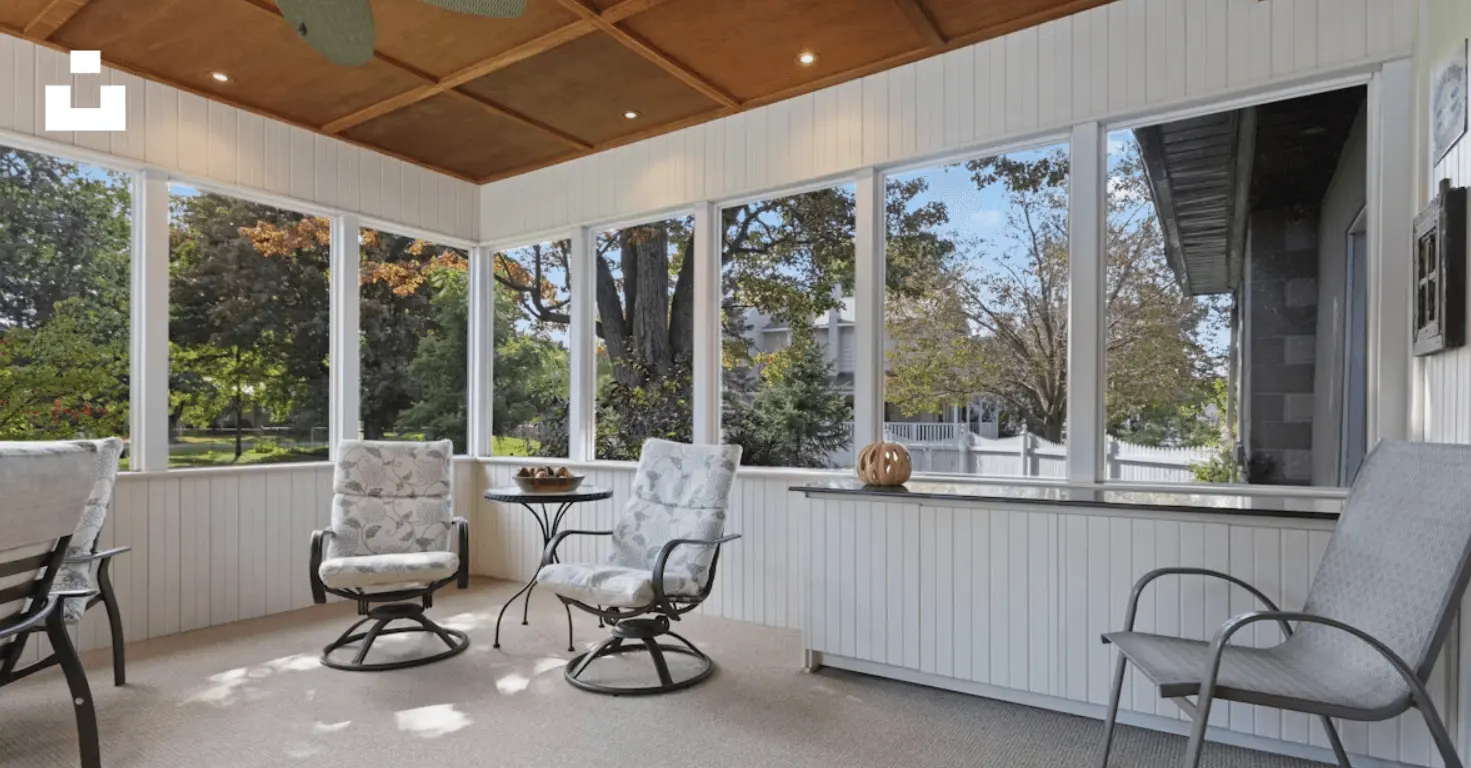Exploring the Potential of WPC Materials in Indoor Furniture Design
Wood-Plastic Composite (WPC) materials, widely recognized for their use in outdoor furniture and kitchen remodeling, have untapped potential in the broader furniture industry. As a relatively new material, WPC faces challenges in adoption, from limited familiarity among designers to higher production costs. However, its unique properties—durability, sustainability, and versatility—position WPC as a transformative material for indoor furniture design.
This article explores the current challenges, potential benefits, and future opportunities of using WPC materials in traditional furniture manufacturing, highlighting their ability to redefine sustainable furniture design.

The Current State of WPC Materials in Furniture Design
WPC materials have primarily been applied in outdoor furniture and kitchen or bathroom designs, but their adoption in other areas of indoor furniture remains limited. Several factors contribute to this:
- Limited Awareness: Designers and manufacturers are still learning to work with WPC materials. The material’s relatively recent introduction to the market means that practical knowledge and expertise are still developing.
- High Costs: Without widespread adoption, the costs of WPC furniture remain higher than traditional materials, creating a barrier for both manufacturers and consumers.
- Lack of Industry Standards: The absence of clear guidelines and standards for WPC furniture impacts product quality and limits market trust.
Despite these challenges, WPC materials hold immense potential as a sustainable and affordable option for furniture manufacturing.
Advantages of WPC in Indoor Furniture Design
1. Cost-Effective Sustainability
One of the most significant benefits of WPC materials is their ability to reduce raw material costs. Made from recycled plastics and wood fibers, WPC is a cost-effective alternative to solid wood, which is becoming increasingly scarce and expensive.
For consumers, WPC furniture offers affordability without sacrificing quality, allowing them to access stylish and durable products at competitive prices. At the same time, WPC manufacturing reduces environmental impact, aligning with global sustainability goals.
2. Enhanced Durability and Low Maintenance
WPC materials combine the natural aesthetic of wood with the durability of plastics, resulting in furniture that resists moisture, pests, and wear. Unlike wood, WPC does not warp or crack, making it a long-lasting solution for indoor environments. Additionally, it requires minimal maintenance, saving time and money for users.
3. Eco-Friendly and Safe
As a sustainable material, WPC eliminates the need for adhesives that release harmful chemicals like formaldehyde. Its production process minimizes waste and supports the circular economy by repurposing plastics and wood waste. These eco-friendly attributes make WPC furniture an excellent choice for consumers prioritizing health and environmental responsibility.
Applications of WPC in Indoor Furniture
The versatility of WPC materials enables them to be used across various types of indoor furniture, combining practicality and style:

1. Tables and Desks
WPC surfaces are scratch-resistant and water-resistant, making them ideal for dining tables, work desks, and study areas. Their sleek finish and customizable designs enhance modern interiors.
2. Cabinets and Shelving
WPC materials offer excellent load-bearing capacity, making them suitable for storage solutions like cabinets and shelves. Their moisture resistance ensures longevity in humid areas like kitchens and bathrooms.
3. Bed Frames and Headboards
WPC’s wood-like texture provides a natural and cozy look for bed frames and headboards. The material’s lightweight yet sturdy properties make it easy to install and maintain.
4. Decorative Wall Panels
In addition to furniture, WPC materials can be used for decorative wall panels, adding texture and style to living rooms, bedrooms, or office spaces. These panels are easy to clean and resistant to stains, ensuring long-lasting appeal.
Challenges and Opportunities for WPC Furniture
Challenges
- Design Learning Curve: Furniture designers need time to experiment with and adapt to WPC materials. The lack of familiarity can limit creative applications.
- Market Standards: The absence of standardized guidelines for WPC furniture production impacts consistency and quality across the market.
- Industry Communication: There is limited collaboration between the WPC and traditional furniture industries, hindering the material’s widespread adoption.
Opportunities
- Growing Demand for Green Living: As consumers increasingly embrace low-carbon lifestyles, WPC furniture aligns perfectly with these trends, offering eco-friendly solutions for modern homes.
- Innovation in Furniture Design: WPC materials allow designers to push creative boundaries, combining traditional aesthetics with modern functionality.
- Circular Economy Potential: WPC’s recyclability makes it a key material for sustainable furniture production, supporting the broader transition to a circular economy.
The Future of WPC Materials in Furniture Design
The furniture industry is evolving to meet consumer demands for sustainability, affordability, and style. WPC materials are uniquely positioned to address these needs, offering a balance of eco-friendliness and functionality. With the right investments in research, standardization, and collaboration between industries, WPC furniture can achieve widespread adoption.
As environmental concerns grow, WPC’s ability to minimize waste and support recycling will make it a cornerstone of future furniture production. Manufacturers that embrace this innovative material will not only benefit economically but also contribute to global sustainability efforts.
Conclusion
WPC materials have the potential to revolutionize the indoor furniture industry. Combining affordability, sustainability, and durability, they address the challenges of modern living while aligning with eco-conscious values. While the material still faces barriers in adoption, its unique properties and benefits make it a promising choice for future furniture design.
As the furniture industry embraces green practices, WPC materials can lead the way, blending technology, culture, and art into innovative solutions. Ready to explore the potential of WPC furniture? Visit Oakio to discover cutting-edge WPC products for stylish and sustainable interiors.
Trending Reading
What Are the Differences Between the WPC Board and PVC Board?
[2024 Update] How Long Does WPC Decking Last?













